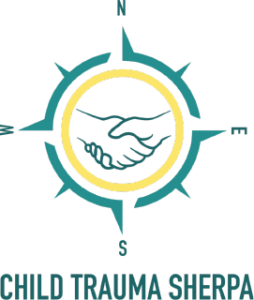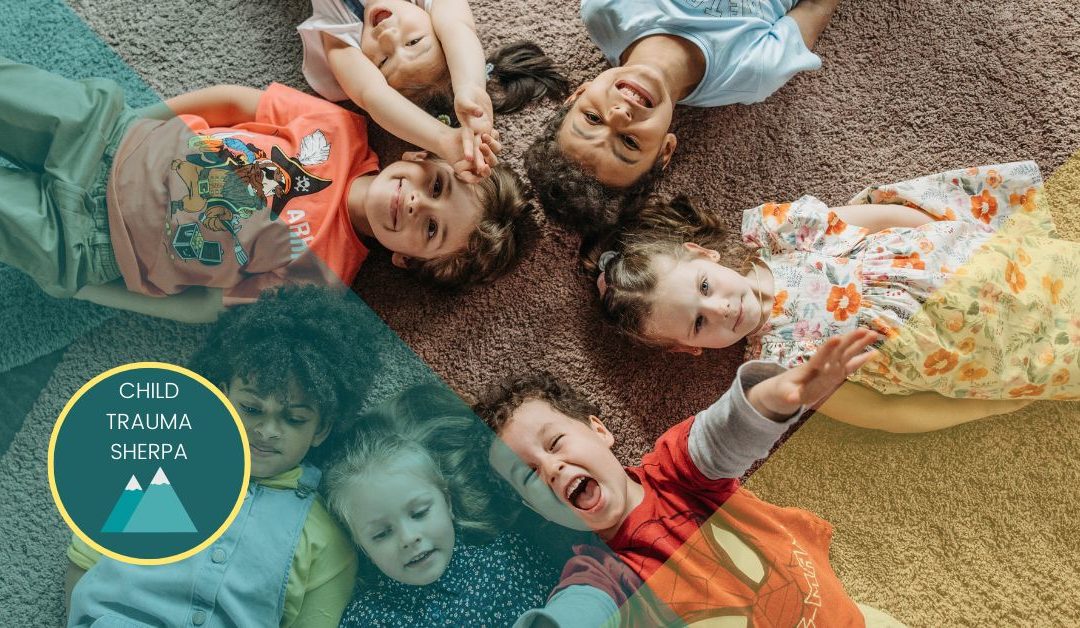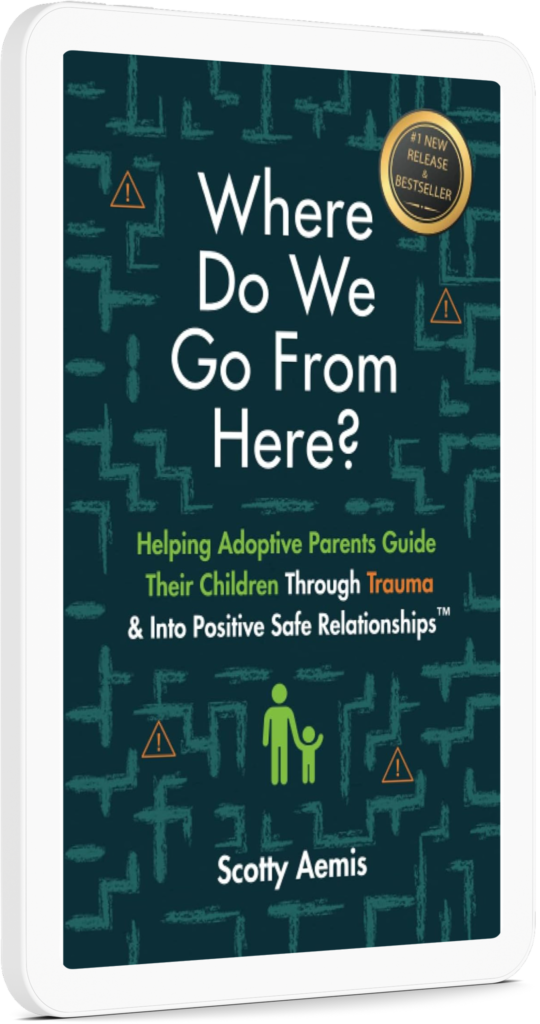Diversity in Race and Ethnicity Means a Diversity in Adverse Childhood Experiences
Childhood trauma can affect anyone. It crosses all lines–racial and ethnic. No matter who has experienced childhood trauma, the effects can be devastating, both in the short-term and the long-term.
However, a growing body of research and interest in ACEs (adverse childhood experiences) has uncovered that children of different races and ethnicities do not experience ACEs equally.
The Key Findings on Diversity and Trauma
According to Child Trends, Black and Hispanic children in America have a higher prevalence of ACEs than White children. Nationally, 61 percent of Black children and 51 percent of Hispanic children have experienced at least one ACE. This is in comparison to only 40 percent of White non-Hispanic children and only 23 percent of Asian children.
When digging deeper into the data, the most common ACE reported for children regardless of race or ethnicity is economic hardship and divorce/separation of a parent or guardian. However, the most common ACEs change when looking at childhood trauma by race or ethnicity. For White children, the most common ACE is living with an adult with mental illness or substance abuse problems. For Hispanic children, parental incarceration is the most common ACE, while Black children are more likely to experience the death of a parent or guardian.
Addressing Childhood Trauma due to Racial and Ethnic Experiences
The data is clear, showing that children of different races and ethnicities experience different types and rates of childhood trauma. But why is it that children in minority groups have such a higher prevalence?
There is no specific answer according to data or research. However, one may look to the lived experiences of those minority groups in America to understand why there is such disparity in ACEs. Systemic racism, leading to higher rates of incarceration of minority populations and poverty for these groups, as well as refugee trauma can all point to the increased rates of ACEs among minority children.
Treating Childhood Trauma Among Minority Children and Refugees
Despite this broader lived experience for certain minority groups and refugees, it is important to remember that we should not treat childhood trauma based on these broad experiences. While these broad lived experiences can inform experts and guardians about their child’s trauma and the “why,” we must remember that each individual child, no matter their race or ethnicity, has a unique experience.
For example, two refugees from South America may have experienced violence in their home country, but the types of violence may be different (murder of a loved one vs. sexual violence). Another example is two Black children, one who may have witnessed police trying to bring a person into custody, and another whose family member died while in police custody. Beyond that, each individual person processes and copes with their trauma differently. One child may experience amnesia of the event while the other experiences vivid nightmares.
We have to remember that at the heart of trauma is a human being who has suffered a tragic event or events. We have to treat the person, not the trauma! Every child’s healing journey should be as unique as their experience, and as unique as they are as a human being. No two children will heal in the same way or in the same amount of time.
Despite the trauma and pain, there is hope! There are many different ways to treat childhood trauma and begin to heal from those adverse experiences. From therapy to simply giving your child with trauma a quiet space to regulate themselves, there are many ways to begin to process trauma and heal from it. At the core of each one of these techniques and therapies is the power of safe and positive relationships. Cultivating a relationship that makes your child feel safe and loved is how you will help guide your child toward resiliency and healing. Learn more about the Positive Safe Relationship System.


